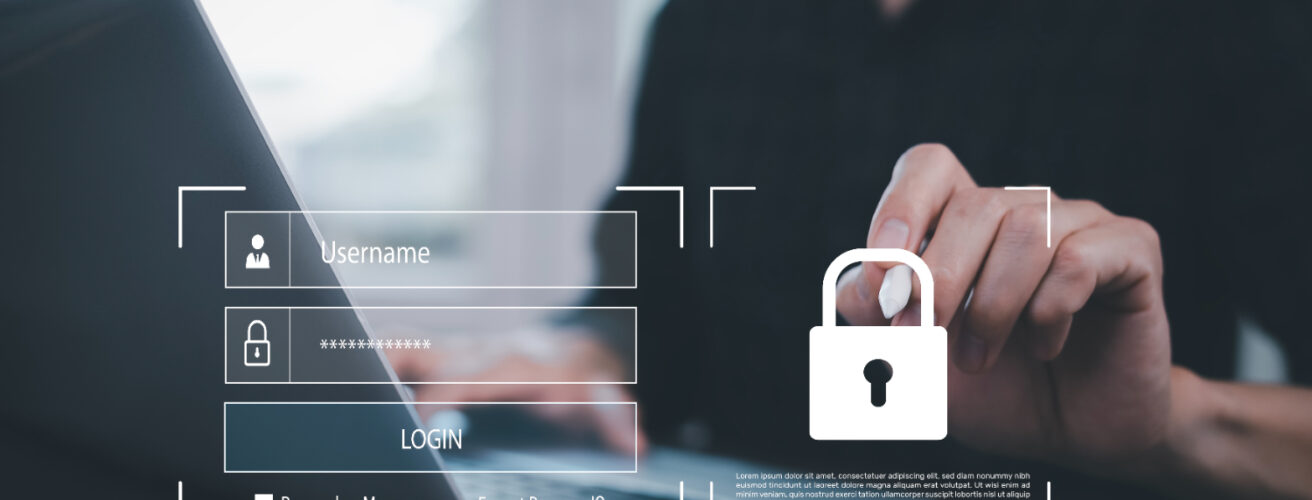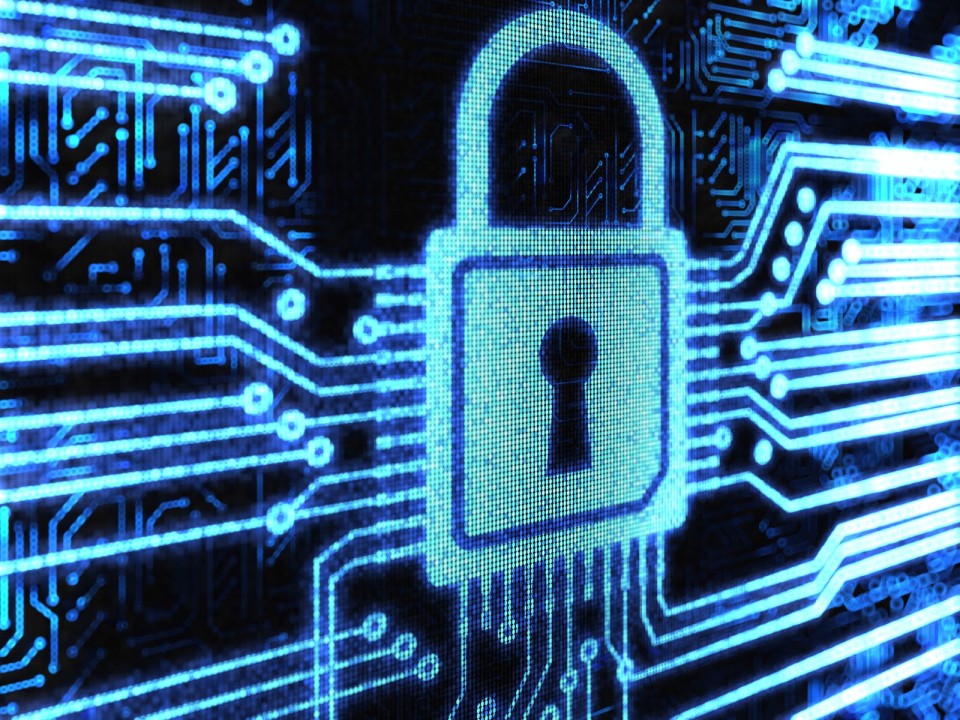Strengthen Your Application Security with Input Validation & Sanitization
#CyberSecurity #ApplicationSecurity #InputValidation #OWASP
What Is Input Validation and Sanitization?
Input Validation is the process of ensuring that user-provided data meets specific criteria before being processed by an application. It confirms that the input is of the correct type, format, and within acceptable boundaries. For instance, validating that a user’s email address includes “@” and a domain is a basic example.
Input Sanitization involves cleaning the data to remove potentially harmful elements, such as malicious code or special characters that could exploit vulnerabilities. For instance, sanitizing input can prevent SQL injection attacks by removing or escaping dangerous characters.
While both processes aim to secure data input, validation ensures data accuracy, and sanitization ensures it’s safe to process.
The Early Days of Input Validation and Sanitization
In the early days of software development, input validation and sanitization were often overlooked or implemented minimally. Applications were built with functionality as the primary focus, leaving security as an afterthought. This led to vulnerabilities such as:
- SQL Injection Attacks: Hackers could manipulate input fields to inject malicious SQL queries, accessing or corrupting databases.
- Cross-Site Scripting (XSS): Improperly sanitized input allowed attackers to embed malicious scripts, compromising user data and application functionality.
- Buffer Overflow Exploits: Poorly validated inputs could overflow memory buffers, leading to application crashes or code execution vulnerabilities.
Developers often relied on basic string matching or limited regular expressions for validation, leaving gaps that attackers exploited.
How Input Validation and Sanitization Have Evolved
With the rise of sophisticated cyberattacks, the industry has significantly improved its approach to input validation and sanitization. Modern advancements include:
- Comprehensive Frameworks:
Security frameworks like OWASP (Open Web Application Security Project) provide detailed guidelines for validating and sanitizing inputs. These frameworks emphasize context-specific validation for fields like emails, URLs, and credit card numbers. - Automated Tools and Libraries:
Automated tools and libraries, such as Python’s html.escape() or PHP’s filter_input(), make sanitization more efficient and reduce human error. - Context-Aware Validation:
Modern practices involve validating data based on its context of use, such as distinguishing between data for display and database storage. - Regular Security Testing:
Tools like dynamic application security testing (DAST) and static application security testing (SAST) ensure that validation and sanitization are effective against the latest attack methods.
How Input Validation and Sanitization Have Evolved in application security
With the rise of sophisticated cyberattacks, the industry has significantly improved its approach to input validation and sanitization. Modern advancements include:
- Comprehensive Frameworks:
Security frameworks like OWASP (Open Web Application Security Project) provide detailed guidelines for validating and sanitizing inputs. These frameworks emphasize context-specific validation for fields like emails, URLs, and credit card numbers. - Automated Tools and Libraries:
Automated tools and libraries, such as Python’s html.escape() or PHP’s filter_input(), make sanitization more efficient and reduce human error. - Context-Aware Validation:
Modern practices involve validating data based on its context of use, such as distinguishing between data for display and database storage. - Regular Security Testing:
Tools like dynamic application security testing (DAST) and static application security testing (SAST) ensure that validation and sanitization are effective against the latest attack methods.
The Importance of Input Validation and Sanitization
Neglecting input validation and sanitization can have catastrophic consequences for businesses, including financial losses, reputational damage, and legal implications. Here’s why these practices are critical:
- Protection Against Cyberattacks:
Proper validation and sanitization prevent common attack vectors like SQL injection, XSS, and command injection, safeguarding sensitive data. - Compliance with Regulations:
Regulatory standards such as GDPR, HIPAA, and PCI DSS mandate robust data security practices, including input validation. Non-compliance can lead to hefty fines. - Maintaining Application Integrity:
Sanitization ensures that input data doesn’t disrupt application functionality or compromise its operations. - Enhancing User Trust:
Secure applications foster trust among users, ensuring they feel safe sharing personal and financial information.
What Happens If We Don’t Validate and Sanitize Input?
Failing to implement proper input validation and sanitization can have severe repercussions:
- Data Breaches:
Cybercriminals can exploit vulnerabilities to access sensitive user data, resulting in financial losses and privacy violations. - Damaged Reputation:
Security lapses erode user trust, tarnishing a company’s reputation and leading to customer attrition. - System Downtime:
Malicious input can disrupt application functionality, causing outages and operational losses. - Legal and Financial Consequences:
Organizations can face lawsuits, fines, and penalties for failing to secure user data. - Loss of Intellectual Property:
Attackers may steal proprietary data or trade secrets, jeopardizing a company’s competitive edge.
Best Practices for Input Validation and Sanitization in application security
To ensure robust input validation and sanitization, consider the following best practices:
- Whitelisting Over Blacklisting:
Accept only known valid input rather than attempting to block malicious data. - Context-Specific Validation:
Validate input based on its intended use, ensuring it’s safe for the target context (e.g., database, HTML, or file system). - Use Pre-Built Libraries:
Leverage trusted libraries and frameworks to streamline validation and sanitization processes. - Escape User Input:
Escape special characters to prevent command or query manipulation. - Regular Security Audits:
Conduct periodic audits to identify and fix validation and sanitization weaknesses. - Educate Developers:
Train developers on secure coding practices to ensure they prioritize input validation and sanitization.
Future Trends in Input Validation and Sanitization
As technology evolves, so do the methods for input validation and sanitization. Emerging trends include:
- AI-Powered Validation:
AI algorithms can dynamically identify and block malicious inputs with greater accuracy. - Zero-Trust Architectures:
Implementing zero-trust principles ensures all input is treated as untrusted and requires validation. - Integration with DevSecOps:
Seamlessly integrating validation and sanitization into development workflows ensures security is baked into the application lifecycle. - Real-Time Monitoring:
Advanced monitoring systems can detect and respond to anomalous input patterns in real time, enhancing security.
Future Trends in Input Validation and Sanitization in application security
As technology evolves, so do the methods for input validation and sanitization. Emerging trends include:
- AI-Powered Validation:
AI algorithms can dynamically identify and block malicious inputs with greater accuracy. - Zero-Trust Architectures:
Implementing zero-trust principles ensures all input is treated as untrusted and requires validation. - Integration with DevSecOps:
Seamlessly integrating validation and sanitization into development workflows ensures security is baked into the application lifecycle. - Real-Time Monitoring:
Advanced monitoring systems can detect and respond to anomalous input patterns in real time, enhancing security.
Input validation and sanitization are no longer optional but essential practices in application security. As cyber threats grow more advanced, organizations must adopt modern, robust methods to protect their systems and users.
Investing in these security measures not only safeguards sensitive data but also ensures regulatory compliance, preserves customer trust, and protects business operations. By prioritizing input validation and sanitization, businesses can fortify their applications against evolving threats, paving the way for a secure and reliable digital ecosystem.
At Digitraly, we understand the critical importance of input validation and sanitization in building secure, reliable, and efficient digital solutions. As cyber threats evolve, so must our defenses. By leveraging advanced validation techniques, modern sanitization tools, and best practices, Digitraly ensures your applications remain protected from vulnerabilities. Partner with Digitraly at info@digitraly.com or +918925529689 to integrate robust security measures into your development processes, safeguarding your systems, data, and users. Secure your digital future—trust Digitraly to lead the way.
FAQ’s:
Why is input validation and sanitization crucial for application security?
Input validation and sanitization protect applications from malicious data inputs that could exploit vulnerabilities, preventing attacks like SQL injection and XSS. These measures ensure data integrity, enhance system reliability, and maintain user trust by securing sensitive information.
What are the key differences between input validation and input sanitization?
Input validation checks data against defined rules to ensure correctness, while input sanitization modifies or removes harmful data elements. Together, they safeguard applications by blocking invalid entries and neutralizing potential security threats within accepted inputs.
What risks arise if input validation and sanitization are ignored?
Neglecting input validation and sanitization can lead to data breaches, compromised systems, and unauthorized access. Applications become vulnerable to cyberattacks, eroding user trust, violating compliance regulations, and incurring financial or reputational damage for businesses.



